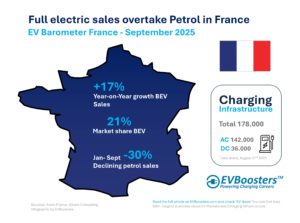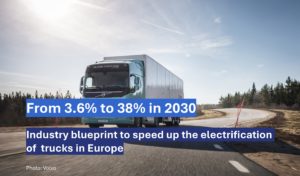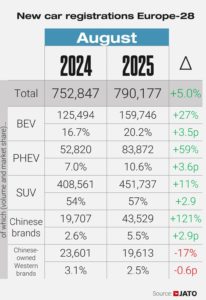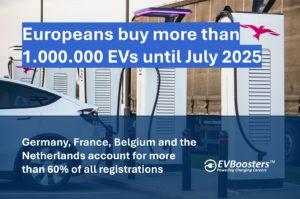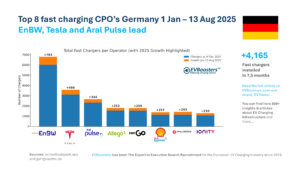The list of EV producers on a worldwide scale is expanding quickly. About 15 countries had sizable exports of battery-electric vehicles (BEVs) in 2021, and close to 120 car manufacturers in 51 nations marketed at least one BEV model in at least one of those nations. 33 distinct manufacturers produced automobiles in China alone, whereas the VW Group, a single manufacturer, produced automobiles for 37 different nations. The development of a thorough and efficient charging infrastructure will be significantly hampered by the incompatibility of some chargers with EVs in such a diverse array of technologies and in the lack of regulation.
Since multiple chargers may be installed in a car during production with little to no additional work, regulations might encourage manufacturers to adhere to charger standards. As an illustration, all 33 Chinese manufacturers, including European firms like VW Group, are compelled to utilise chargers that adhere to China’s single-standard rule.
Both alternating current (AC) and direct current (DC) charging methods are available for all long-range BEVs. For light-duty EVs, three types of AC chargers and five types of DC chargers were in use as of 2022.
Distinct uses and conditions call for different characteristics of AC and DC chargers:
- Due to the different ways that DC and AC chargers transfer energy, DC chargers charge batteries more quickly (AC current requires an onboard converter; DC does not).
- AC charging is slow, but it is available and handy through existing electrical connections in residences with private garages or designated parking areas that may handle overnight charging. When done during off-peak midnight hours, AC charging can also help to lessen the electric grid’s high demand. In other instances, consumers may charge their cars while they are parked in shopping malls and other public spaces that offer AC charging.
- DC charging, commonly referred to as “DC fast charging,” is frequently employed at highway charging stations, where drivers and passengers need to refuel rapidly, as well as in locations where the grid can support large-scale fast charging. For consumers who can’t afford downtime, powerful DC rapid chargers are vital. They can shorten charging times to around 30 minutes.
Because AC is required in certain situations and DC in others, new long-range BEVs are designed to accept both types of chargers—either directly or via an adaptor. (AC/DC dual functionality was not always prevalent in EVs and remains so in PHEVs.)
Source: Strategies for setting a national electric vehicle charger standard | The ICCT
Get ‘FREE OF CHARGE’ access to 450+ other valuable EV Market Reports in our database. Enjoy reading!


